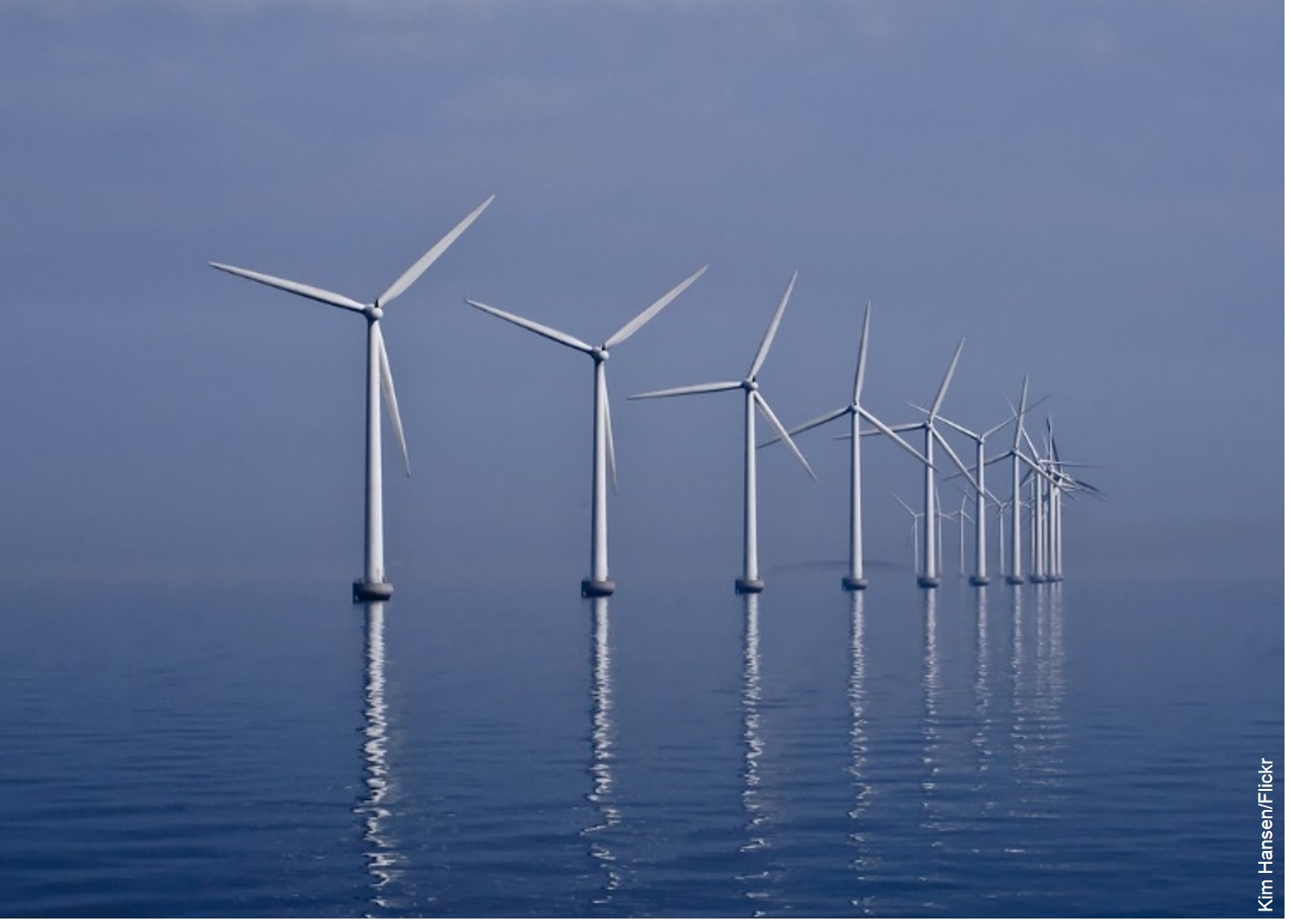Public policy and technological change

Technological change, i.e., the invention, innovation, and diffusion of new technologies, is arguably the most important lever to address key societal challenges related to energy, such as climate change, and the lack of access to modern forms of energy. Public policy is instrumental in order to re-direct and accelerate technological change in the energy sector. EPG’s research on public policy and technological change helps to improve our understanding of the innovation and diffusion processes and derives policy implications from these insights. Furthermore, we analyze how different policy instruments, their designs and their interaction in policy mixes affects the direction and pace of technological change. Empirically, we mainly focus on low-carbon power generation and energy storage technologies, but also include energy efficiency in buildings as well as new transport technologies. Our research on renewables is partly supported by the external page Swiss National Science Foundation (Project number PYAPP1_166905). Our research on storage is partly supported by the external page Swiss Competence Center for Heat and Electricity Storage.
Understanding technological change
Technological change is a complex and non-linear process with many interactions between the different stages (R&D, demonstration, diffusion) and the actors, networks and institutions involved. Our research aims at improving our understanding of these innovation processes and how they differ between technologies and geographical contexts. Different types of learning, the role of knowledge spillovers, and institutional settings are analyzed. In this research stream we build on and extend existing innovation theory. Based on our findings we also derive recommendation for policy makers on how to design cost-effective instruments (or instrument mixes).
The effects of public policy on technological change
Analyzing the effects of policy mixes ex-post enables us to derive recommendations for the reformulation of policies. We use qualitative and quantitative methods to analyze the intended or un-intended consequences of policies on innovation and diffusion of new technologies. Additionally, we develop models that enable us to estimate the effects of alternative or future policy scenarios on technological change.
Selected publications:
Malhotra, A., Schmidt, T. S., & Huenteler, J. (2019). The role of inter-sectoral learning in knowledge development and diffusion: Case studies on three clean energy technologies. Technological Forecasting and Social Change, 146, 464-487. external page https://doi.org/10.1016/J.TECHFORE.2019.04.018 Free download of pre-print version (PDF, 1.1 MB)
Steffen B., Schmidt T.S., Tautorat P. (2019). Measuring whether municipal climate networks make a difference: the case of utility-scale solar PV investment in large global cities. Climate Policy, available online: external page https://www.tandfonline.com/doi/full/10.1080/14693062.2019.1599804
Battke, B., Schmidt T. S., Stollenwerk, S., Hoffmann V. H. (2016). Internal or external spillovers - which kind of knowledge is more likely to flow within or across technologies, Research Policy 45(1), 27-41. external page doi: 10.1016/j.respol.2015.06.014, Download Free Download of Post-Print (PDF, 1 MB), Download Free Download of Supplementary Material (PDF, 828 KB)
Huenteler, J., Schmidt, T. S., Ossenbrink, J., Hoffmann, V. H. (2016). Technology Life-Cycles in the Energy Sector - Technological Characteristics and the Role of Deployment for Innovation, Technological Forecasting & Social Change 104, 102-121. external page doi: 10.1016/j.techfore.2015.09.022 Download Free Download of Post-Print (PDF, 662 KB)
Schmidt, T. S., Huenteler, J. (2016). Anticipating Industry Localization Effects of Clean-Technology Deployment Policies in Developing Countries,Global Environmental Change 38, 8-20. external page doi:10.1016/j.gloenvcha.2016.02.005 Download Free Download of Post-Print (PDF, 603 KB)
Schmidt, T.S., Battke, B., Grosspietsch, D., Hoffmann V.H. (2016). Do deployment policies pick technologies by (not) picking applications? - A simulation of investment decisions in technologies with multiple applications. Research Policy 45, 1965-1983. external page doi:10.1016/j.respol.2016.07.001 Download Free Download of Post-Print (PDF, 1.7 MB)
Stephan, A., Battke, B., Beuse, M. D., Clausdeinken, J. H., Schmidt, T. S. (2016). Limiting the public cost of stationary battery deployment by combining applications, Nature Energy 1, 16079. external page doi:10.1038/nenergy.2016.79